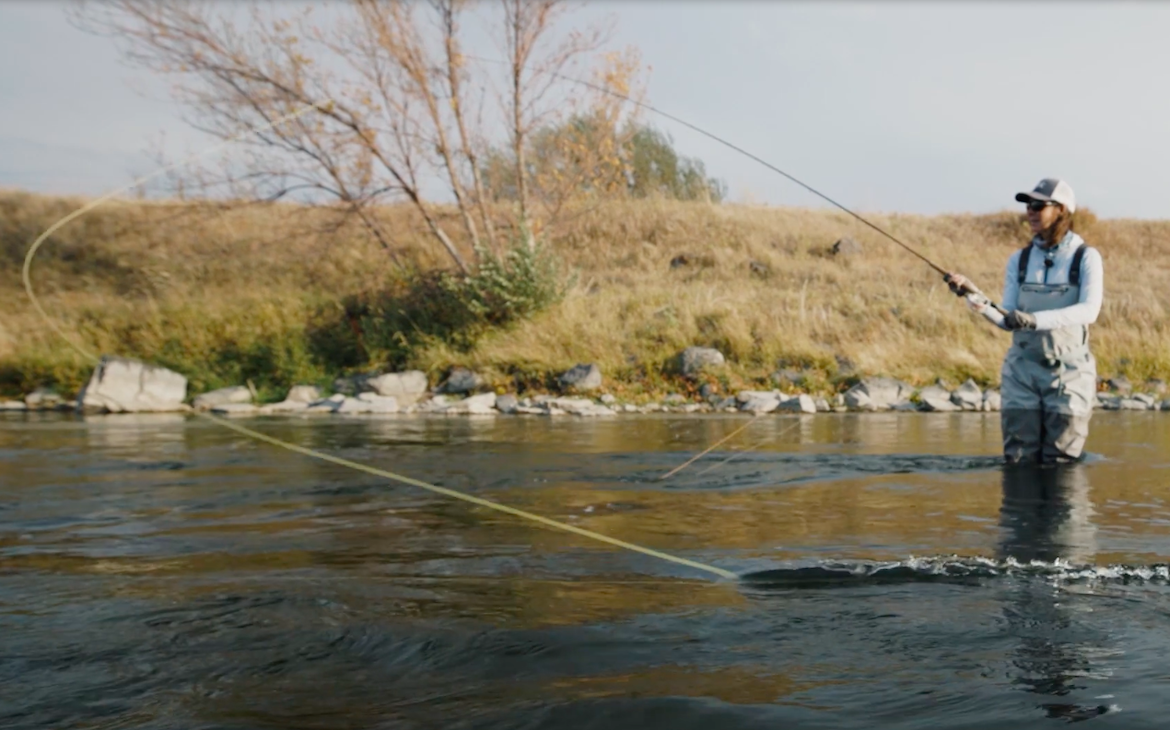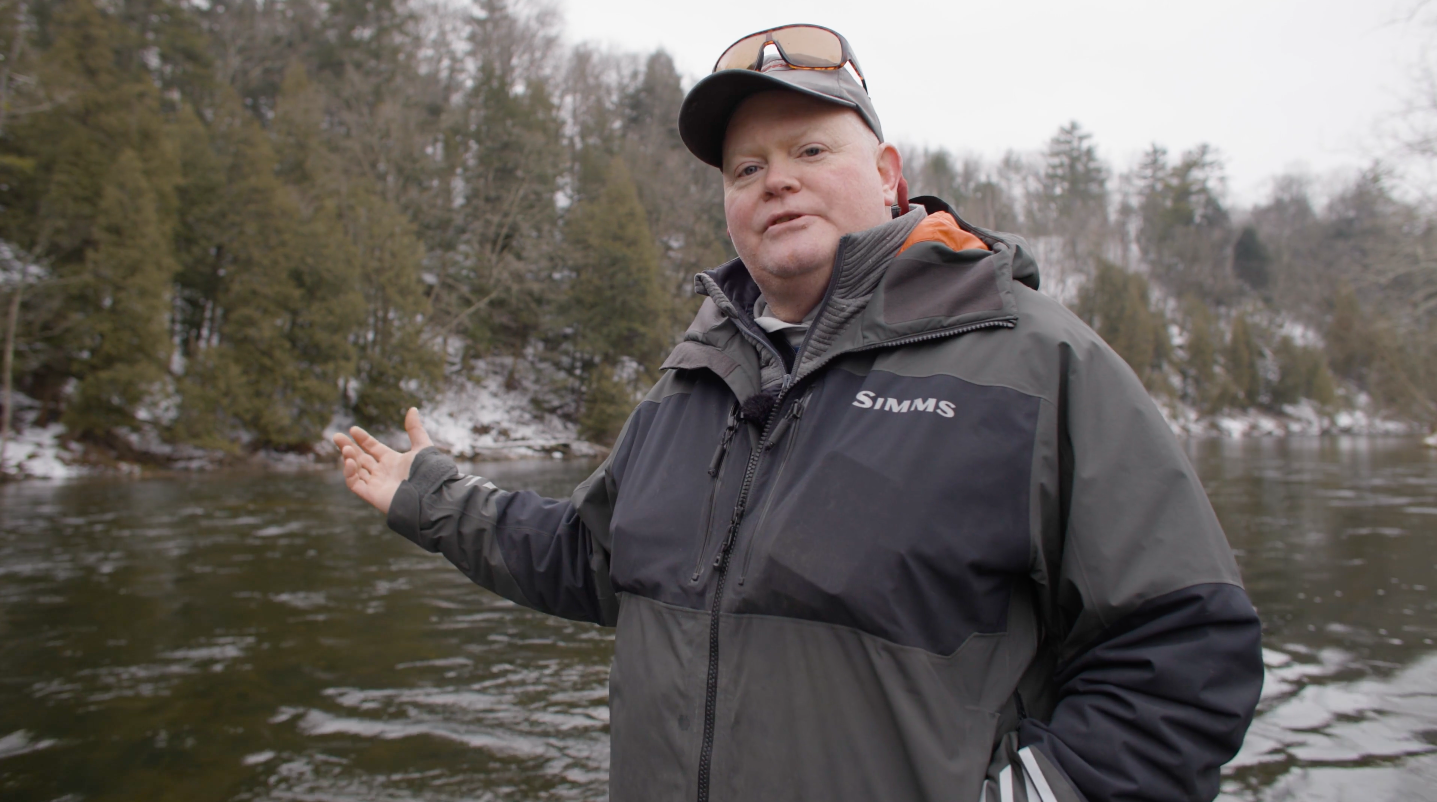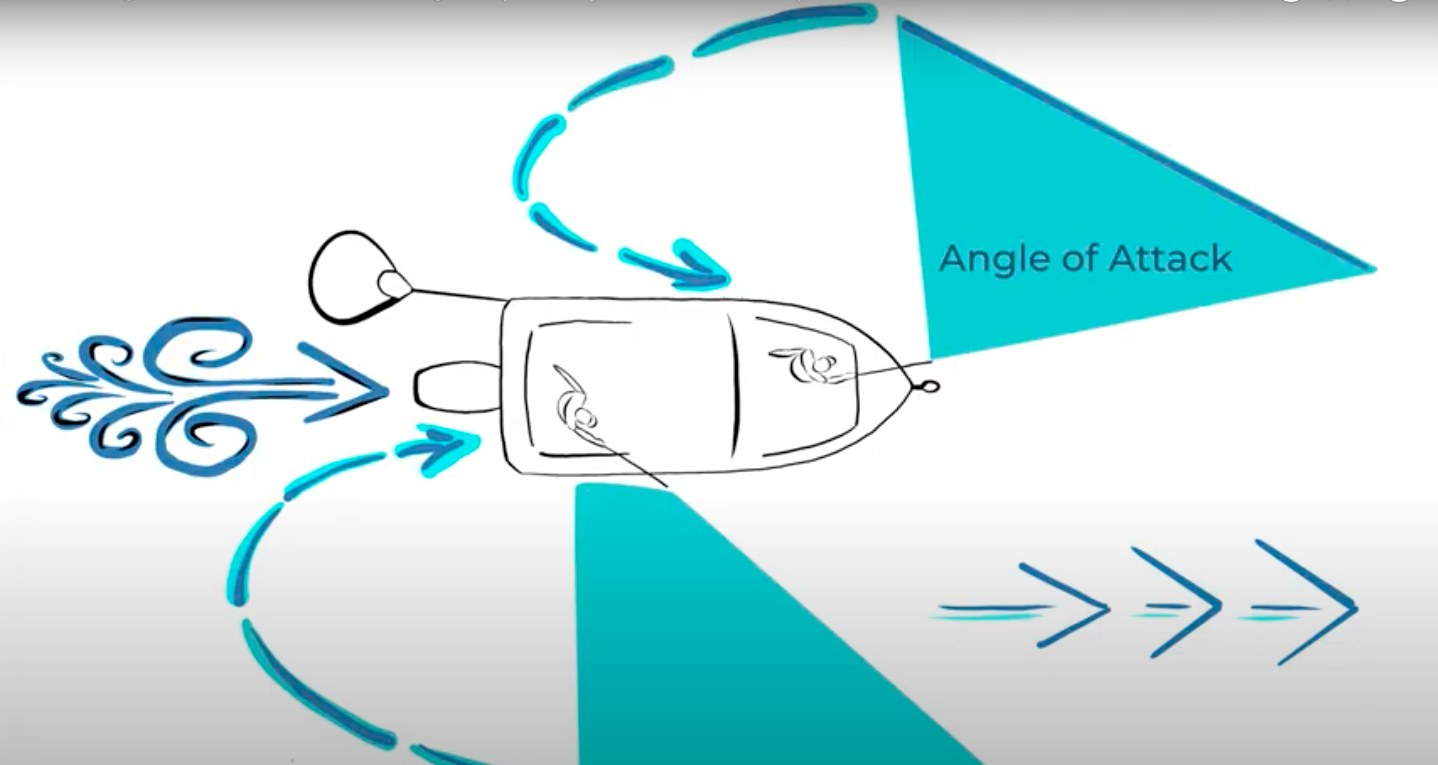By: Jackie Holbrook
The technique of Spey casting continues to grow in popularity. Anglers are learning it’s not just for big fish and many are beginning to use it on smaller waterways to target trout.
“I like trout Spey because it’s different,” said Whitney Gould, guide, world-casting champion and instructor for the Anchored Outdoors Trout Spey Masterclass. “It gets clients out of the boat, and they can try a new technique.”
If you’re interested in trying out trout Spey, here’s what you need to get started.
The Right Size Rod and Reel
Spey rods are traditionally longer, heavier rods used to fight steelhead, salmon and Alaska-sized trout. And while traditionally that’s been the case, manufacturers also make Spey rods more suitable for smaller streams. When targeting any species of fish it’s important that the rod size match the fish size.
“Rods are built for the intended species,” Gould said. “Using a rod that’s too heavy will hurt the fish and take the enjoyment out of it.”
For your average-sized trout, look at Spey rods in sizes 2-weight, 3-weight and 4-weight. These rods will be approximately 10’6” to 11’6” long and made to cast lines weighing about 175 to 305 grains. These sizes are comparable to single-handed rod sizes 4-weight, 5-weight and 6-weight.
Not only is using too big of a rod harmful for fish, it takes away some of the enjoyment. You can become fatigued using a heavy rod all day. It’s also a lot more fun to fight fish when using a lighter rod.
Many Spey anglers choose a reel that’s a size larger than the rod to balance it against the longer length. Caged or fully-enclosed reels can prevent line from escaping.
Fly Line
Spey casting gives you distance, but you need the right line to maximize the performance. Gould uses Scandi and Skagit lines when trout fishing. Both are shooting-head line systems. This means they have three pieces: the shooting head, running line and tip. Gould says choosing between Skagit and Scandi can be a personal preference for anglers.
Scandi lines are most commonly used for smaller flies with lighter leaders. They cast delicately in small streams. Skagit heads are designed for heavier flies and sink tips. They cast well in windy conditions. There are also integrated Spey lines, which weld the running line and shooting head into one continuous piece. This can be a great option for beginners. Gould encourages anglers to try a variety of setups to see what works best for them.
Flies
Trout anglers have a tendency to carry a very full fly box. You just never know what the fish will be eating that day, so “match the hatch” is always a good rule. Your local fly shop can help with this if you’re new to the area or unsure about which insects are prevalent. But if you plan to spend a day on the water with your Spey setup, you’ll definitely want to bring along some streamer-like flies to swing. Having a trout take the fly on the swing is the ultimate Spey fishing experience.
As this practice has grown in popularity, manufacturers have created trout-Spey specific flies. These patterns borrow designs from bigger flies used to target steelhead and salmon. Many also feature flashy materials that can trigger trout. Soft-hackle flies work very well.
For a complete look at getting started in Trout Spey check out the Anchored Outdoors Masterclass “Trout Spey with Whitney Gould.”













